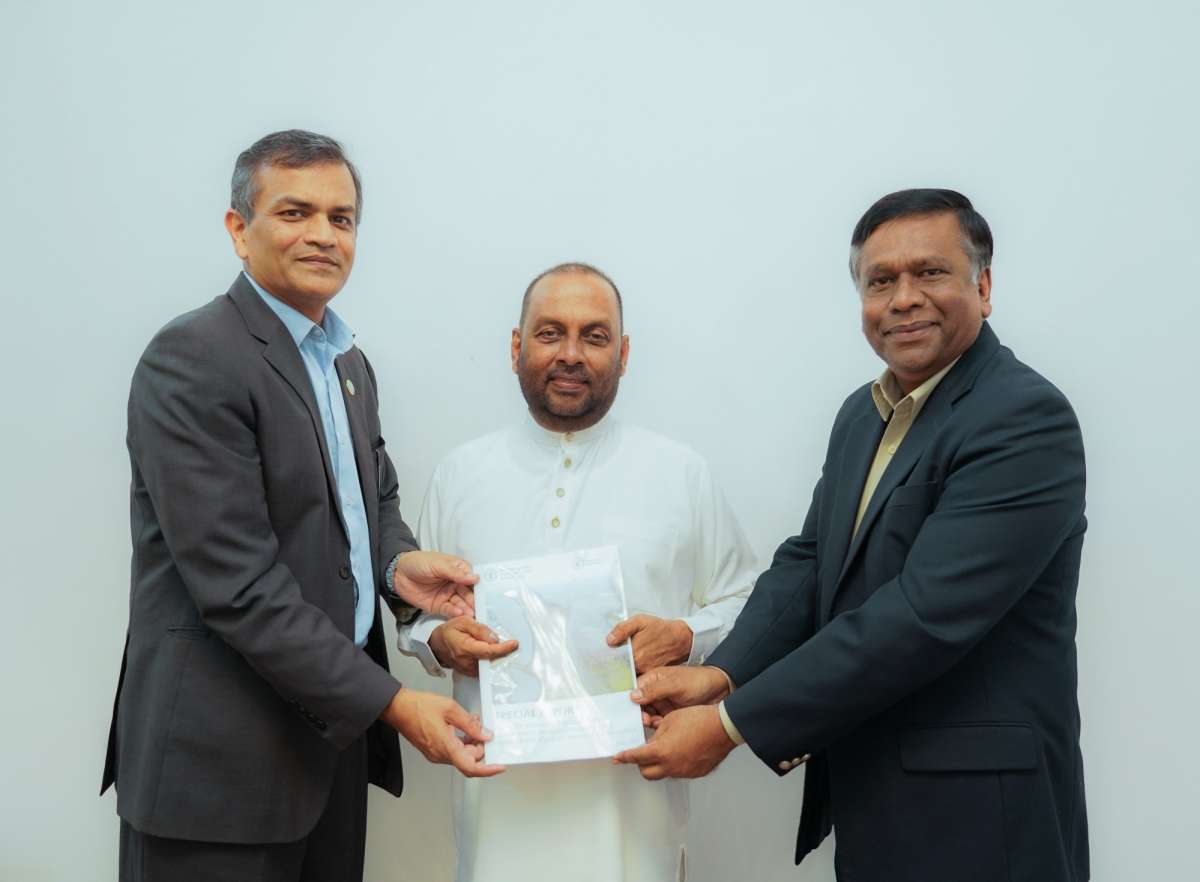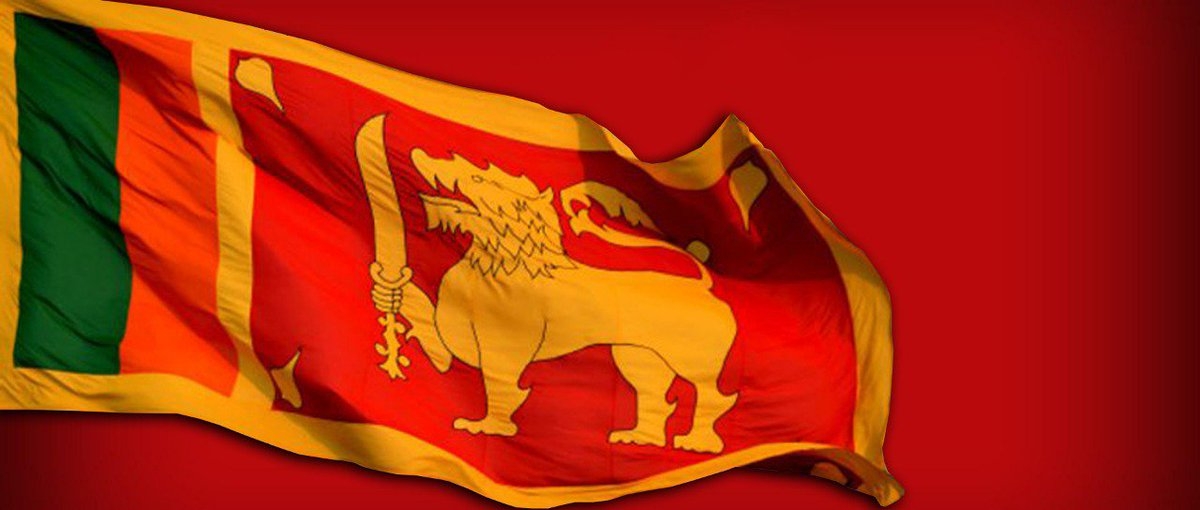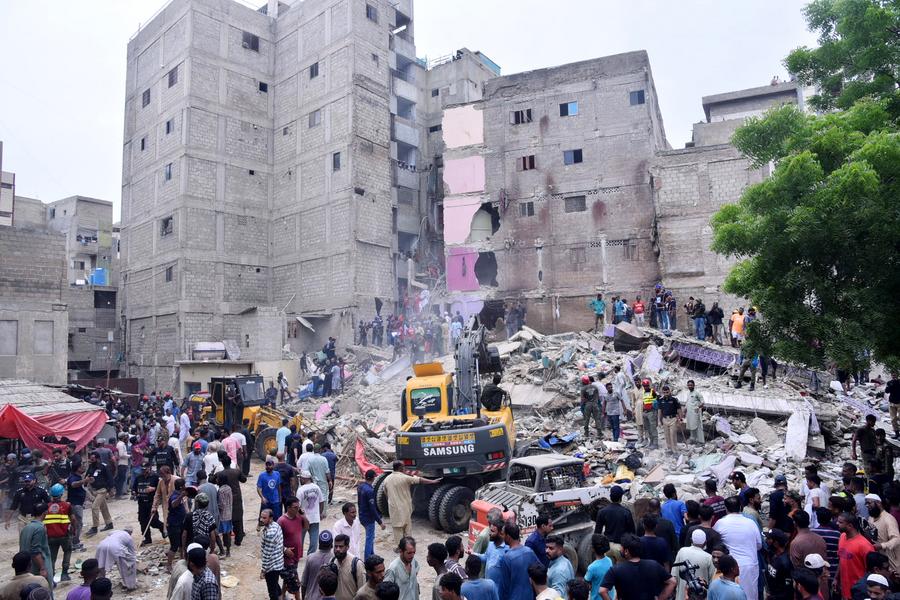The report estimates 3.9 million people or 17 per cent of the population is in moderate acute food insecurity, which is nearly a 40 per cent decrease from June/July last year….writes Susitha Fernando
With 17 per cent of the total population still in moderate acute food insecurity, especially in the regions of Indian-origin Tamil in the tea plantations and former war affected Northern and Eastern Tamil settlements, there is an improvement in food security in other parts of Sri Lanka, FAO and WFP report reveals.
Amid the severe financial crisis that Sri Lanka has been suffering from last year, the food security is improving across all provinces except Nuwara Eliya district, where Indian-origin Tamils who came as labourers to work in the tea plantations and former war-torn northern and eastern regions including Kilinochchi, Mannar, Batticaloa, Vavuniya, and Jaffna, it reported.
“The highest level of acute food insecurity was found within the tea plantation communities in the estate sector and among daily wage labourers and households who rely on social assistance programmes as their main source of income,” the report stated.
The Crop and Food Security Assessment Mission (CFSAM) report was jointly carried out in February/March 2023 by the Food and Agriculture Organization of the United Nations (FAO) and the United Nations World Food Programme (WFP).
The report estimates 3.9 million people or 17 per cent of the population is in moderate acute food insecurity, which is nearly a 40 per cent decrease from June/July last year.
Nearly 10,000 people are severely acute food-insecure, down from 66,000 people last year, the report added.

It noted that the improvement in food security stems from better food consumption, which could be attributed to reduced food prices and improved incomes among farming communities during the harvesting period when the mission was carried out.
“After many months of challenges, we are finally witnessing an improvement to the country’s food security but there is more to be done.
“A high number of households — more than 60 per cent — are adopting negative measures to put food on the table, including borrowing money and purchasing food on credit,” said Abdur Rahim Siddiqui, WFP Sri Lanka’s Representative and Country Director.
“The Crop and Food Security Assessment Mission (CFSAM) report is an eye-opener on the continuing vulnerabilities and challenges that exist within the food systems of Sri Lanka. This report and its findings will no doubt serve as a guiding light for policymakers and stakeholders to collectively work towards ensuring food security, strengthening agricultural resilience and mitigating risks faced by farmers and rural communities who have been disproportionately impacted by the economic crisis,” Vimlendra Sharan, representative of FAO to Sri Lanka and the Maldives, said speaking on CFSAM Report findings.
The joint FAO/WFP Mission has recommended providing immediate support to farmers, particularly by releasing available fertiliser stocks, to provide adequate support to increase fodder and feed crop production and to minimize the impact on the livestock and fisheries sectors and continuing food and/or cash assistance to facilitate access to food among households most vulnerable to food insecurity.
The WFP stated that it extends its emergency operation, which commenced last year, to provide food rations and cash assistance to people identified as ‘food insecure’, while FAO assured that it remains committed to supporting Sri Lanka in its efforts towards achieving sustainable food systems, food security and zero hunger.














